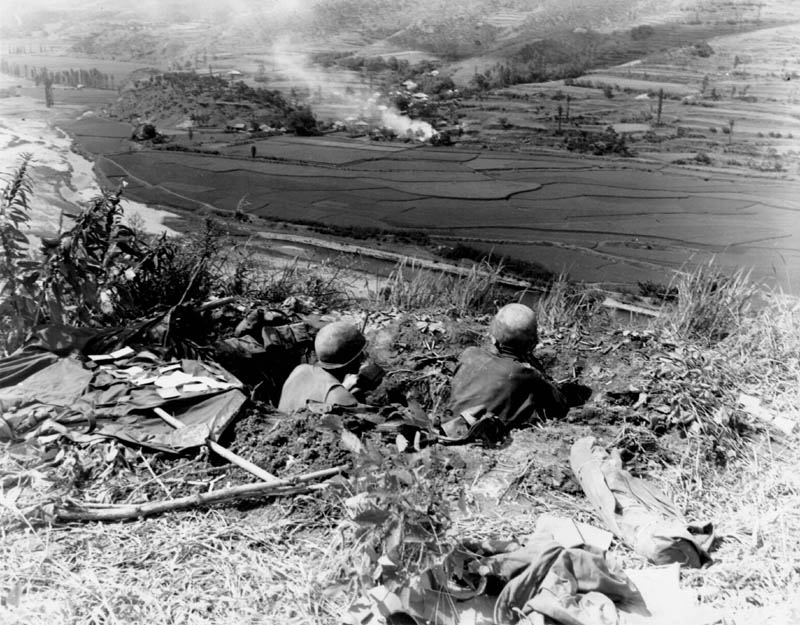|
Yeongsan
Yeongsan-myeon (also known as Yongsan) is a Myeon (administrative division), myeon of Changnyeong County, South Gyeongsang Province, in South Korea. At Yeongsan the Battle of Yongsan was an engagement in the Korean War. It was part of the Battle of Pusan Perimeter and was one of several large engagements fought simultaneously. History See also * Battle of Yongsan * Changnyeong County References External links ClimateVisit KoreaOfficial website Changnyeong County Towns and townships in South Gyeongsang Province {{SouthKorea-geo-stub ... [...More Info...] [...Related Items...] OR: [Wikipedia] [Google] [Baidu] |
Changnyeong County
Changnyeong County (''Changnyeong-gun'' 창녕군) is a county in South Gyeongsang Province, South Korea. In the early Three Kingdoms period, Changnyeong was the seat of Bihwa Gaya, a member of the Gaya confederacy which was later conquered by Silla. The Nakdong River flows through the county. The Upo wetland, an important ecological resource and tourist attraction, occupies a portion of the river basin. The county government is located in Changnyeong Town (창녕읍), the largest town and center of the county. Famous people from Changnyeong include North Korean actress Song Hye-rim and the former mayor of Seoul Park Won-soon. Etymology Changnyeong means "prosperous peace", from the Sino-Korean roots () and (). History Yeongsan territory (영산현) was established in 1631. In 1637, Changnyeong territory joined Yeongsan territory (창녕현·영산현). On May 24, 1895, the first day of fifth lunar month, Changnyeong and Yeongsan were incorporated under Daegu as separ ... [...More Info...] [...Related Items...] OR: [Wikipedia] [Google] [Baidu] |
Battle Of Yongsan
The Battle of Yongsan was an engagement between United Nations Command (UN) and North Korean forces early in the Korean War from September 1–5, 1950, at Yongsan in South Korea. It was part of the Battle of Pusan Perimeter and was one of several large engagements fought simultaneously. The battle ended in a victory for the UN after large numbers of United States Army (US) repelled a strong Korean People's Army (KPA) attack. During the nearby Second Battle of Naktong Bulge, the KPA broke through the US 2nd Infantry Division lines along the Naktong River. Exploiting this weakness, the KPA 9th and 4th Divisions attacked to Yongsan, a village east of the river and the gateway to the UN lines of supply and reinforcement for the Pusan Perimeter. What followed was a fight between KPA and US forces for Yongsan. The KPA were able to briefly capture Yongsan from the 2nd Infantry Division, which had been split in half from the penetrations at Naktong Bulge. Lieutenant General Walton Wa ... [...More Info...] [...Related Items...] OR: [Wikipedia] [Google] [Baidu] |
Battle Of Pusan Perimeter
The Battle of the Pusan Perimeter ( ko, 부산 교두보 전투) was a large-scale battle between United Nations Command (UN) and North Korean forces lasting from August 4 to September 18, 1950. It was one of the first major engagements of the Korean War. An army of 140,000 UN troops, having been pushed to the brink of defeat, were rallied to make a final stand against the invading Korean People's Army (KPA), 98,000 men strong. UN forces, having been repeatedly defeated by the advancing KPA, were forced back to the "Pusan Perimeter", a defensive line around an area on the southeastern tip of South Korea that included the port of Busan. The UN troops, consisting mostly of forces from the Republic of Korea Army (ROKA), United States, and United Kingdom, mounted a last stand around the perimeter, fighting off repeated KPA attacks for six weeks as they were engaged around the cities of Taegu, Masan, and Pohang and the Naktong River. The massive KPA assaults were unsuccessful in for ... [...More Info...] [...Related Items...] OR: [Wikipedia] [Google] [Baidu] |
Town
A town is a human settlement. Towns are generally larger than villages and smaller than cities, though the criteria to distinguish between them vary considerably in different parts of the world. Origin and use The word "town" shares an origin with the German word , the Dutch word , and the Old Norse . The original Proto-Germanic word, *''tūnan'', is thought to be an early borrowing from Proto-Celtic *''dūnom'' (cf. Old Irish , Welsh ). The original sense of the word in both Germanic and Celtic was that of a fortress or an enclosure. Cognates of ''town'' in many modern Germanic languages designate a fence or a hedge. In English and Dutch, the meaning of the word took on the sense of the space which these fences enclosed, and through which a track must run. In England, a town was a small community that could not afford or was not allowed to build walls or other larger fortifications, and built a palisade or stockade instead. In the Netherlands, this space was a garden, mor ... [...More Info...] [...Related Items...] OR: [Wikipedia] [Google] [Baidu] |
McCune–Reischauer
McCune–Reischauer romanization () is one of the two most widely used Korean language romanization systems. A modified version of McCune–Reischauer was the official romanization system in South Korea until 2002, when it was replaced by the Revised Romanization of Korean system introduced two years earlier. A variant of McCune–Reischauer is still used as the official system in North Korea. The system was first published in 1939 by George M. McCune and Edwin O. Reischauer. With a few exceptions, it attempts not to transliterate Korean hangul, but it represents the phonetic pronunciation. Characteristics and criticism Under the McCune–Reischauer system, aspirated consonants like ''p'', ''k'', and ''t'' are distinguished by apostrophes from unaspirated ones, which may also be falsely understood as a separator between syllables (as in → ''twichagi'', which consists of the syllables ''twi'', ''chʼa'' and ''gi''). The apostrophe is also used to mark transcriptions of ... [...More Info...] [...Related Items...] OR: [Wikipedia] [Google] [Baidu] |




.jpg)
.jpg)